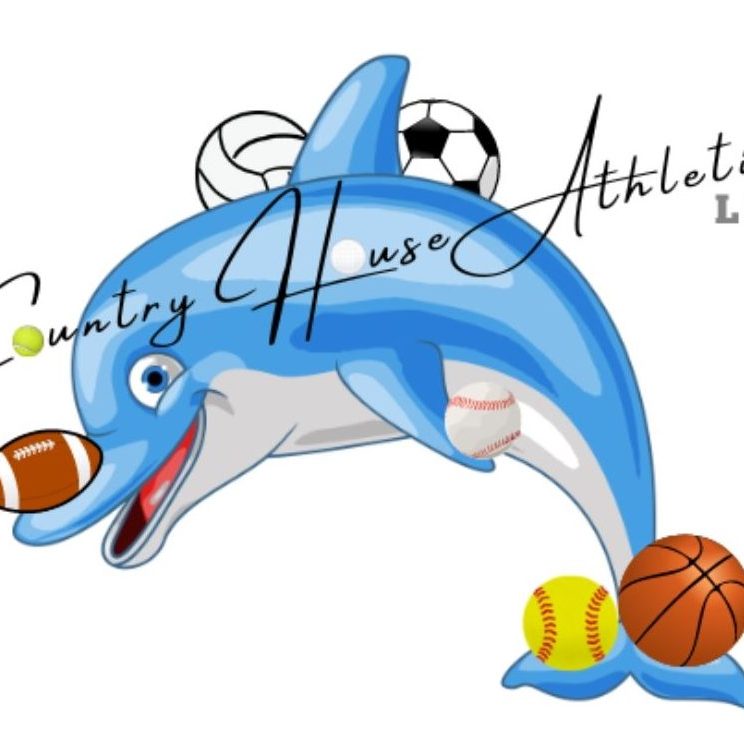Many of you probably still have that terrifying scene etched in your memory the night when the Buffalo Bills’ Demar Hamlin collapsed during a Monday Night Football game after sustaining a blow to his chest while making what appeared to be a routine tackle. That 2023 incident probably was the first to introduce the average sports fan to a condition called commotio cordis. If you somehow missed it, there’s no debate that it brought national attention to this condition and it demonstrated the life-saving power of preparation and rapid response in the athletic setting. There is no question that Demar’s life was saved that night because of the level of meticulous planning that goes into every NFL game from a Sports Medicine perspective. Unfortunately, I don’t know of one youth, recreational or high school athletic organization that has the resources all in one place to compare their emergency planning to that of the NFL. It doesn’t mean that there’s nothing that can be done at those levels. We’re here to help guide you to the best plan possible with the resources you have available.
While Demar Hamlin’s case may have been your introduction, mine was back in the early 2000’s as a Graduate Assistant Athletic Trainer at Syracuse University. I owe a lot to the staff at Syracuse University during those days for shaping my career in a way I cannot put a price tag on. Their tutelage shaped my thought processes in a way that couldn’t have happened without their impact. A major emphasis throughout my time at Syracuse was on emergency preparedness. A heavy hitter under that entire umbrella is cardiac events. Commotio Cordis was one specific condition introduced to us back at that time. Unfortunately, not long after it was introduced to us in theory, commotio cordis claimed the life of a Cornell lacrosse player in March of 2004. While I wasn’t at or involved in the game, everything about this incident put a major dose of reality to the condition and stamped an everlasting impact as I remember how it deeply affected the athletic community in Central New York.
So What Is Commotio Cordis?
Commotio cordis is a rare but devastating event. It happens when a direct blow to the chest—often from a ball, puck, or even a helmet—strikes at just the wrong split second in the heart’s electrical cycle, leading to cardiac arrest.
What makes commotio cordis so frightening is that:
- The heart itself is healthy. It’s not a defect or pre-existing condition.
- The danger comes from the timing of the impact, not the force. Even a seemingly routine hit can trigger it if it lands at that vulnerable instant.
- It typically affects young athletes (especially boys ages 8–18) because their chest walls are not yet fully developed and provide less protection to the heart.
This condition has been seen most often in sports like:
- Baseball
- Lacrosse
- Hockey
- Football
- And even in martial arts or other sports involving sudden chest impact
It’s important to know that while chest protectors and padding are valuable, they don’t eliminate the risk of commotio cordis. That’s why the focus needs to be on fast recognition, immediate CPR, and AED use—because those are the actions that can truly save a life.
Preparation Saves Lives
The survival of Demar Hamlin was not all luck—it was the result of immediate, skilled emergency response and access to an AED (automated external defibrillator). Research shows that when an AED is used within 3 minutes of collapse, survival rates improve dramatically.
Unfortunately, commotio cordis remains the leading cause of sudden cardiac death in youth baseball and lacrosse. But with the right plan in place, survival is possible.
What Parents Need to Know
As a parent, you have every right—and responsibility—to ask tough questions in order to be the greatest advocate for your child:
✅ Does my child’s team have an Emergency Action Plan (EAP)?
✅ Is there an AED on site at every practice and game?
✅ Have coaches and volunteers been trained this season to respond?
Preparation is not just for the pros or large schools. Every field, gym, and rink needs a plan.
Let’s Build a Safer Game Together
At Country House Athletics, we specialize in helping schools and youth sports organizations develop, review, and rehearse emergency plans that work where they are—with the facilities, people, and equipment they have.
Contact us today to schedule a consultation or emergency plan review. Let’s make sure your athlete’s team is ready—because when seconds count, being prepared can save a life.

No responses yet